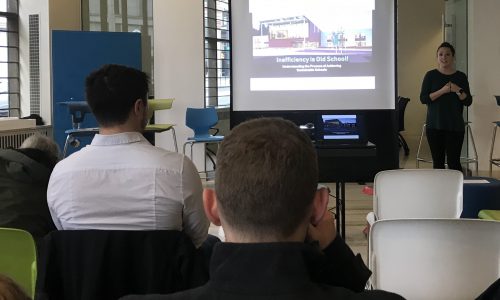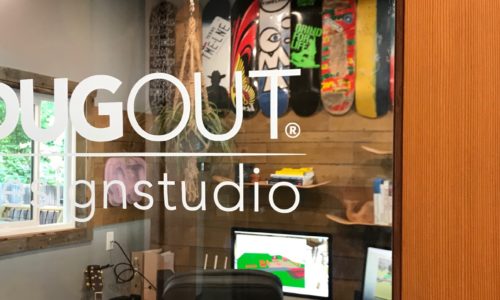
Sustainability, stepping in the right direction
- Sustainability
- January 1, 2019
Sustainability strategies
• Sourcing Materials
• Efficient Design
• Waste Reduction
Life on this planet has efficiently survived for billions of years, evolving strategies and structures for survival by consuming the least amount of resources for the greatest returns on investment. In business and our personal lives, we can start integrating sustainable strategies by balancing the big three: people, profit & planet. By identifying existing inefficiencies and combining integrated strategies, we can efficiently take care of all the people involved in our supply chains, ensure everyone involved in the process prospers and potentially eliminate the concept of waste. Every step toward a more sustainable future is a step in the right direction.
08
Nov 2018
Sustainability philosophy 1
Sourcing Materials

R & D
Take a close look at your existing products and determine which products contain materials that are either dependent on limited natural resources, difficult to mine or potentially hazardous to anyone that comes in contact with the raw materials or finished products. By spending the time to research and discover materials and processes that are superior, you may end up with a cheaper, safer product that will help support the planet instead of polluting it.
Shop Locally
It's been reported that a single container ship can emit nearly the same amount of cancer and asthma-causing chemicals as 50 million cars. Keep that in mind next time you face the decision of outsourcing your manufacturing from the other side of the planet. Materials and resources are not equally distributed around the planet due to environmental conditions and access to supplies. By taking a close look at your region, you will discover materials and waste products to be in abundance. It will take creativity and ingenuity to integrate these solutions into our systems of production.
Upcycling
Many of the products we buy on a daily basis have a short-term useable lifespan, usually by planned obsolescence. What usually happens next? Potentially useful raw materials and goods end up in landfills as a conglomeration of parts and pieces with different chemical makeup bonded together using toxic adhesives. It is possible to design products that are biodegradable, reusable or can be made into other useful parts or components after their original use is fulfilled.
Problem Solving
When it comes to designing a new product or service, it is easy to start sketching out a ton of ideas and concepts without adhering to the principals that led you to the drawing board in the beginning, defining the problem you are addressing early on. By setting this guide early, you will be keeping the end user in focus, eliminated wasted time going down fruitless avenues. Time is of the essence, and efficiency is key.
Minimalism
Architect Ludwig Mies van der Rohe said "less is more" when referring to minimalist design. It is nearly impossible to achieve simplistic perfection on your first draft. Ideation and prototyping are crucial to fleshing out ideas and concepts, but once you have a working model, its time to start looking into all the materials and connections to start value engineering in order to reduce the amount of materials being implemented. Reducing materials and designing around manufacturing standards will lead to reduced cost in shipping, raw materials as well as labor.
Reducing Labor
One of the greatest costs of any project comes down to labor. You need someone to source and deliver raw materials. You need someone to coordinate sales and shipping logistics, design and engineer, fabricate, deliver finished goods and install the final product in its new home. All of these points of contact have an opportunity to make or break your budgets. By spending some time upfront looking at all these areas, you can start to see time and energy being wasted, sometimes even digging into overtime costs and rush-shipping surprises. These changes can be some of the easiest to address with the least amount of monetary investment.
Sustainability philosophy 2
Efficient Design

Sustainability philosophy 3
Waste Reduction

Value Engineering
By working directly with the manufacturers in the lab and on the floor, we can work through problems and limitations with current technologies, we are able to create an optimal solution that balances the clients desires with real-world limitations and can explore whats possible when you discover new materials and process.
Sourcing Technical Nutrients
Technical nutrients are materials designed to be retrieved and reused within the closed-loop cycle of sustainable manufacturing. By design, you can create a product that uses waste materials and scrap from other industries, which reduces the amount of raw materials you need to be mined from the earth and eliminates the amount of potentially toxic materials from being mixed into our landfills.
Waste Channeling
Similar to sourcing other materials that are in abundance in your geographic areas, you can think about collecting and selling your waste products, unless you can use on another product in-house. This will not only create an additional revenue stream, but also creates a much smaller carbon footprint and can add to a more sustainable ecosystem.



